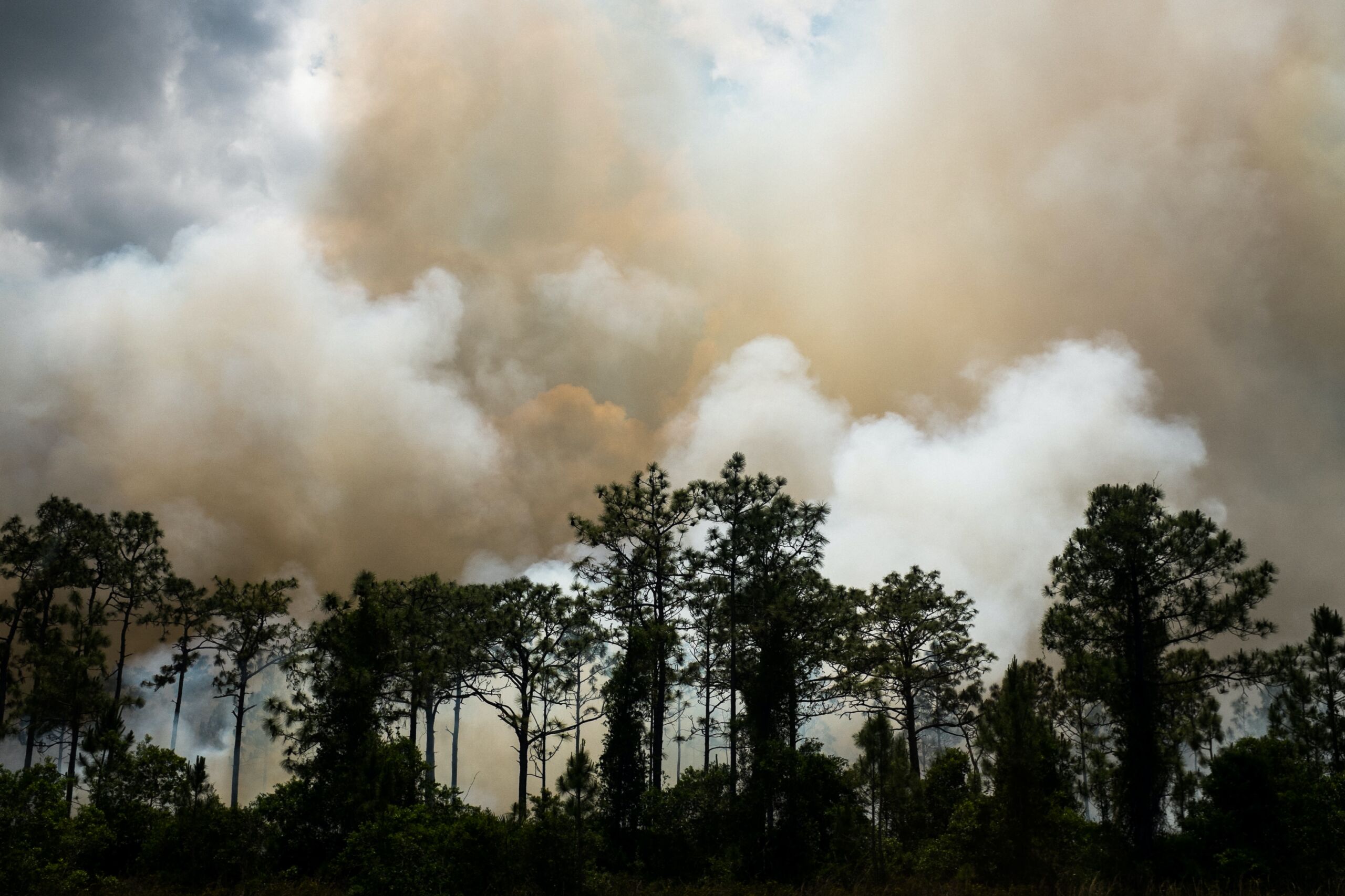2020 has brought an unprecedented amount of fires: from lightening strikes, to baby showers gone wrong, to flat-out unknown causes. According to NIFC, as of Oct. 19 there have been 46,148 wildfires that have burned 8,404,047 acres this year. That is 2.1 million more acres burned than the ten year average. We know that evacuating is overwhelming, and that in those moments it’s hard to remember what steps you could be taking as a business or home owner to protect your property. First and foremost, your safety is what always matters. However, if you do have enough warning, follow these tips from CalFire for prepping your home or business in a Wildfire Evacuation.
Preparing Your Home
- Shut all windows and doors, but leave them unlocked so rescue teams are able to enter the home if they need to.
- Remove anything flammable around the windows – i.e. shades or curtains.
- Close all metal shutters.
- Move flammable furniture to the center of the room, away from windows and doors.
- Shut off gas at the meter; make sure pilot lights are OFF.
- Leave your lights on so firefighters can see your house under smoky conditions.
- Shut off all air conditioning or heat.
- Seal attic and ground vents with pre-cut plywood or commercial seals.
- Take pictures of everything inside, including all drawers and closets. Document all valuables you won’t be able to take with you for insurance purposes.
- Have any spare vehicle keys by the door and ready to go.
Preparing Your Yard
- Gather up flammable items from the exterior of the house. Bring all items inside, or place them in a pool if it applies. This means all patio furniture, children’s toys, door mats, trash cans, etc.
- Turn off propane tanks.
- Move propane BBQ appliances away from structures.
- Connect garden hoses to outside water valves or spigots for use by firefighters.
- Fill water buckets and place them around the house.
- Don’t leave sprinklers on or water running, they can affect critical water pressure.
- Leave exterior lights on so your home is visible to firefighters in the smoke or darkness of night.
- Have a ladder available and place it at the corner of the house for firefighters to quickly access your roof.
- Take pictures inside of your garage, your yard, and the entire exterior for insurance purposes.
Emergency Supply Kit Checklist
- Face masks or coverings
- Three-day supply of non-perishable food and three gallons of water per person
- Prescriptions or special medications
- Change of clothing
- Extra eyeglasses or contact lenses
- Credit cards, cash, or traveler’s checks
- First aid kit, Flashlight, Battery-powered or crank radio and extra batteries
- Sanitation supplies
- Copies of important documents (birth certificates, passports, etc.)
- Pet Food, leashes, water bowls (if applicable)
- Chargers, Power Banks
Preparing Your Car
- Pack your Emergency Supply Kit in your vehicle.
- Have at least TWO evacuation routes mapped out on physical maps in case GPS service is effected.
- Back your car into the driveway with vehicle loaded and all doors and windows closed.
- Carry your car keys with you.
- Don’t wait for an evacuation order if you feel threatened
Always keep a sturdy pair of shoes and a flashlight near your bed and handy in case of a sudden evacuation at night.
